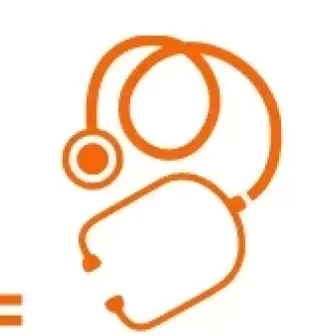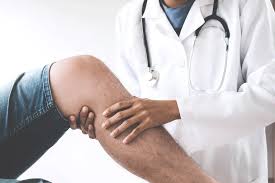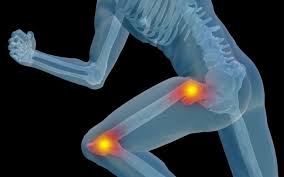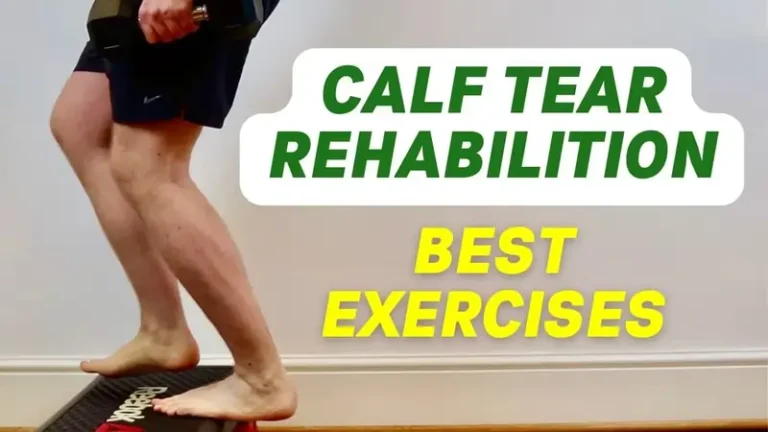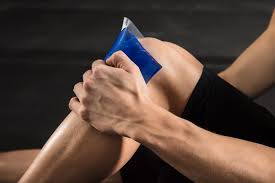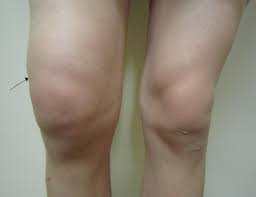15 Best Exercises For Biceps Muscle Pain
Introduction: Biceps muscle pain is a common complaint among weightlifters, athletes, and individuals who engage in repetitive arm motions daily. Bicep pain can be caused by a variety of conditions, including tendinosis, torn tendons, delayed onset muscle soreness (DOMS), and overuse of the arm. It is quite common to experience biceps pain. The majority of people…
